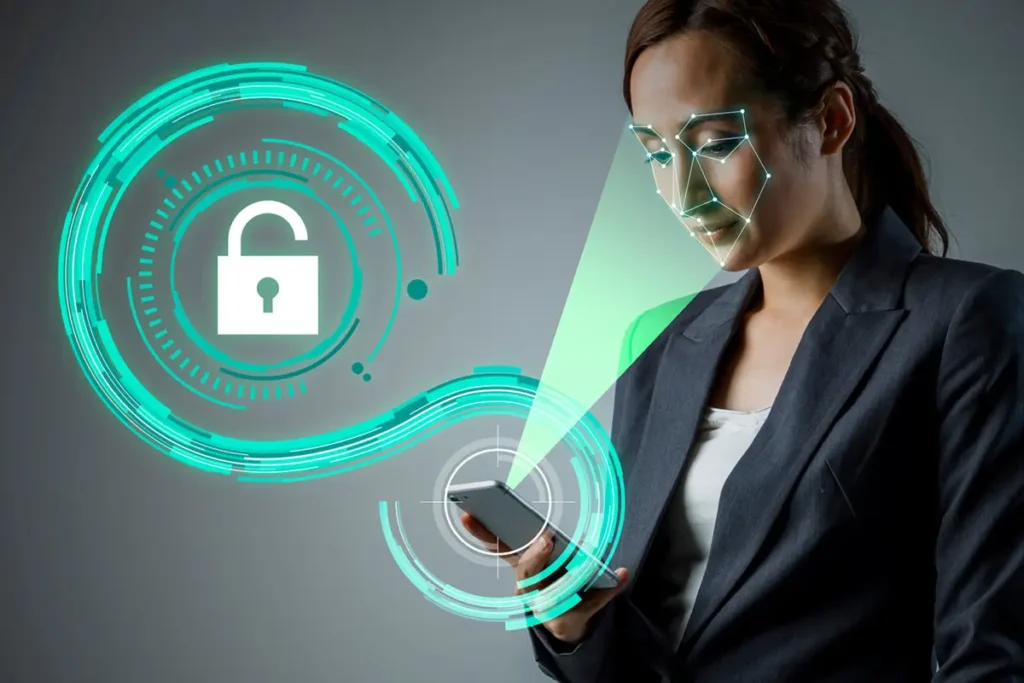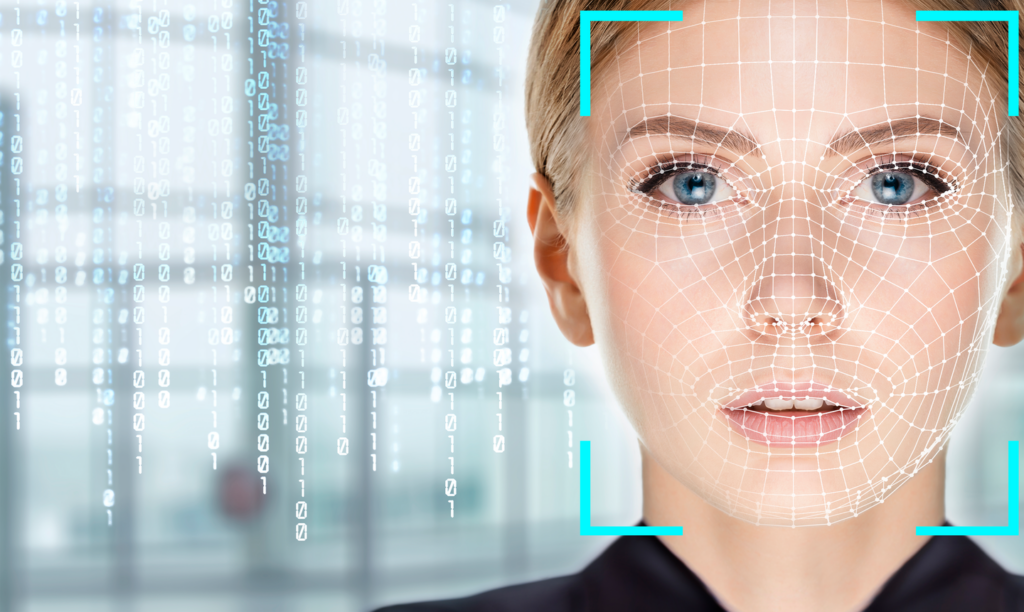Biometric verification is revolutionizing the way we confirm identity, offering a secure and efficient means of authentication based on unique biological traits. In this guide, we’ll delve into the fundamentals of biometric verification, explore its uses, and weigh its benefits against potential risks.
What is Biometric Verification?
From fingerprints to facial recognition, this cutting-edge ID verification software (for example regulaforensics.com) has diverse applications across various industries
At its core, biometric verification involves identifying individuals by evaluating one or more distinguishing biological characteristics. These traits include:
- Fingerprints ─ The oldest form of biometric verification, dating back to ancient China where thumbprints were used as unique identifiers.
- Facial features ─ Mapping facial characteristics and comparing them to stored data for authentication.
- Iris and retina patterns ─ Utilizing the unique patterns in the iris or retina for secure identification.
- Voice prints ─ Analyzing voice waveforms to authenticate individuals based on their unique vocal patterns.
- Written signatures ─ Comparing handwritten signatures for verification purposes.
Advancements in technology, particularly the digitization of analog data and the development of computerized databases, have propelled biometric verification technology to new heights, enabling rapid and accurate identification.
How Does Biometric Verification Work?

Source: computerworld.com
The authentication process for biometric data follows a consistent pattern across different identifiers:
- Data capture ─ A person’s unique biometric characteristic, such as a fingerprint or voice print, is captured and stored in a secure database.
- Verification ─ When authentication is required, a new sample of the biometric data is captured and compared with the stored record using specific authentication parameters.
- Confirmation ─ If the new sample matches the stored data within an acceptable threshold, the person’s identity is confirmed.
Cloud technology has further enhanced the accessibility and portability of biometric information, enabling organizations to perform identification processes remotely. However, maintaining robust security measures is essential to safeguard against vulnerabilities, particularly in multi-tenant cloud environments where the attack surface may be larger.
Types and Uses of Biometric Verification
Biometric verification encompasses a wide range of types and applications. Some common ones include:
- Fingerprint identification ─ Widely used due to its reliability and convenience, especially in smartphones.
- Facial recognition ─ Mapping facial features for authentication, employed in smartphones, security systems, and access control.
- Iris and retina pattern recognition ─ Leveraging the unique patterns in the iris or retina in facial biometric verification, often used in high-security environments like banking and military facilities.
- Voice waveform recognition ─ Analyzing voice patterns to authenticate individuals, commonly used in phone-based verification systems.
These are just a few examples of the diverse range of facial biometric verification and other methods available, each with its own strengths and weaknesses.
Where is Biometric Verification Used?

Source: irisid.com
Biometric verification finds applications across various sectors, including:
- Financial institutions ─ Using voice recognition and other biometrics for phone-based customer identification.
- Healthcare providers ─ Employing biometrics to reliably identify patients and access medical records.
- Law enforcement agencies ─ Utilizing fingerprints, facial recognition, and iris scans for tracking individuals in criminal justice systems.
- Government entities ─ Exploring biometric identifiers for passports, voter registration, and other official purposes.
Biometric Verification And AI
Biometric verification and AI development intersect in several ways, leveraging artificial intelligence (AI) to enhance the accuracy, security, and usability of biometric authentication systems. Here are some key areas where AI is applied in the development of biometric verification systems:
- Biometric data processing ─ AI techniques such as machine learning and deep learning are utilized to process and analyze biometric data efficiently. For instance, convolutional neural networks (CNNs) are commonly used for facial recognition, while recurrent neural networks (RNNs) or long short-term memory (LSTM) networks may be employed for voice recognition.
- Feature extraction and representation ─ AI algorithms can automatically extract and represent distinctive features from biometric data. These features could include facial landmarks, fingerprint ridge patterns, voice spectrograms, or iris textures. By learning these features from a large dataset, AI models can improve the accuracy and robustness of biometric recognition.
- Pattern recognition ─ AI algorithms excel at recognizing complex patterns within biometric data. Whether it’s analyzing the unique characteristics of a fingerprint or identifying specific speech patterns, AI models can learn to distinguish between different individuals based on subtle variations in biometric traits.
- Adaptive learning and improvement ─ Biometric verification systems can leverage AI to adapt and improve over time. Through techniques like reinforcement learning or online learning, these systems can continuously refine their models based on new data and user feedback, leading to enhanced accuracy and adaptability.
- Security enhancement ─ AI algorithms play a crucial role in detecting and mitigating security threats in biometric verification systems. Techniques such as anomaly detection, fraud detection, and adversarial training can help identify and prevent unauthorized access attempts, spoofing attacks, or manipulation of biometric data.
- User experience optimization ─ AI-driven biometric systems aim to provide a seamless and user-friendly experience. By analyzing user interactions and preferences, AI can optimize the authentication process, reducing false positives and false negatives while minimizing user friction.
- Privacy preservation ─ AI techniques like federated learning or differential privacy can be employed to enhance the privacy of biometric data. These methods enable collaborative model training across distributed devices or incorporate noise into data to protect sensitive information while still maintaining the utility of the biometric system.
- Cross-modal fusion ─ AI enables the integration of multiple biometric modalities (e.g., face, voice, fingerprint) for more robust and reliable verification. Through techniques like multimodal fusion, AI models can combine information from different modalities to improve accuracy and resilience to spoofing attacks.
Risks and Rewards
While passive biometric verification offers significant benefits in terms of security and convenience, it also poses certain risks:
- Fraud vulnerabilities ─ Fraudsters can exploit weaknesses in biometric systems, such as using deepfakes or silicone masks to deceive authentication processes.
- Data privacy concerns ─ Regulatory frameworks governing biometric data storage and usage vary, leading to inconsistencies and potential privacy violations.
- Algorithmic imperfection ─ Biometric verification systems may encounter false negatives or other errors due to algorithmic imperfections, potentially leading to incorrect identifications.
Despite these challenges, biometric verification technology remains a valuable tool for minimizing fraud and enhancing security. Its alignment with the concept of a passwordless future and its wide accessibility make it an attractive option for organizations seeking robust identity verification solutions.
Conclusion
Biometric verification technology is reshaping the landscape of identity authentication, offering a secure and efficient means of confirming identity through unique biological traits. From fingerprint scanners on smartphones to facial recognition systems in airports, the applications of biometric technology are vast and diverse.
By understanding its principles, uses, and potential risks, organizations can harness the power of biometric verification to enhance security and improve user experience.



















